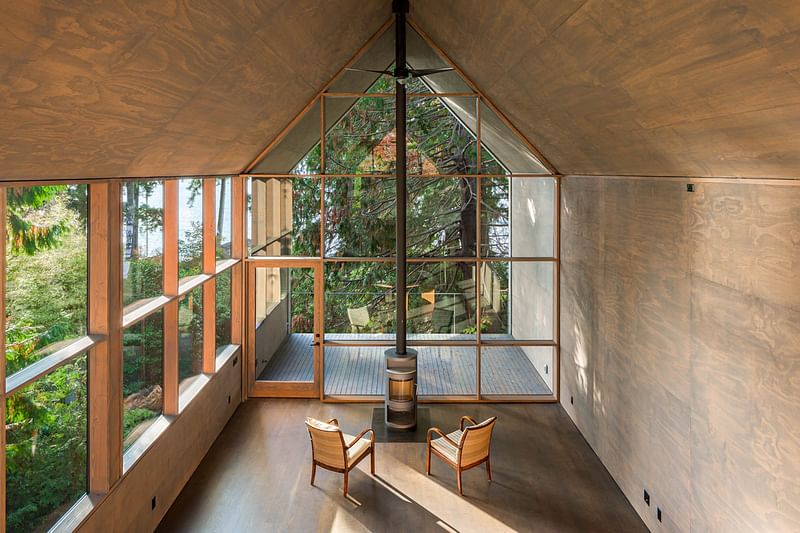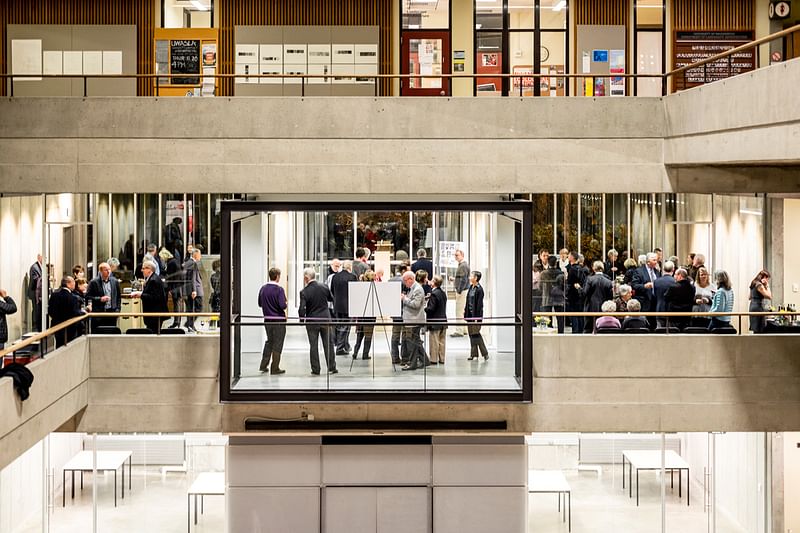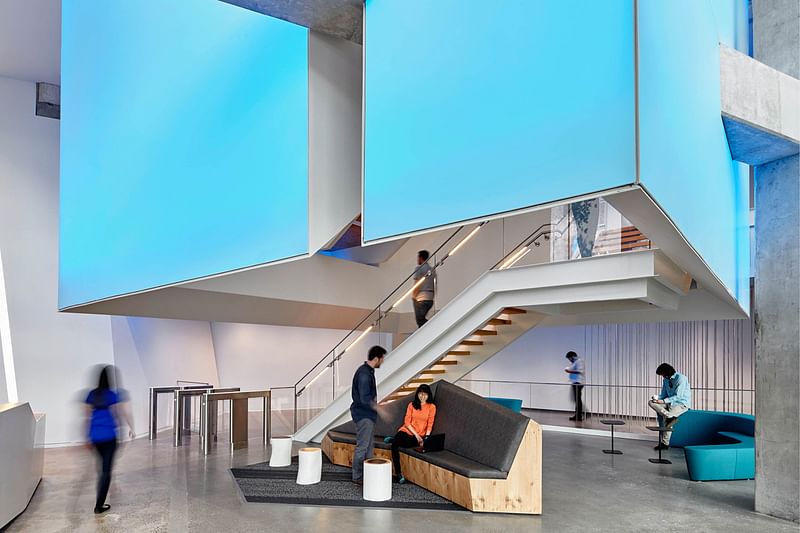Winners of the 2015 AIA Seattle Awards
By Bustler Editors|
Thursday, Nov 19, 2015

Related
The AIA Seattle Chapter recently announced the winners of the 2015 AIA Seattle Awards during the 65th annual Honor Awards for Washington Architecture at Benaroya Hall. Every year, the awards highlight the most outstanding projects around the state of Washington as well as located abroad.
Out of the 130 submissions this year, the jury selected winners in Built and Conceptual categories, and awarded them with either an Honor Award, Award of Merit, or Honorable Mention.
Scroll down to have a look at the projects.
AWARDS OF HONOR
Shinsegae International by Olson Kundig
"Shinsegae’s new fifteen-story headquarters in Seoul, this high-performance building meets South Korea’s progressive and rigorous energy codes. The project 'celebrates metal as a way of making a structure, façade, and filter for light.' The architecture has a 'tactile feel' which, combined with kinetic components on the façade, differentiates it from the traditional look-and-feel of modern commercial buildings."

Anhalt Renovation Addition by PUBLIC47
"Building on the traditions of contractor Frederick William Anhalt, AIA Seattle Honorary Member, the historic landmark 1930’s Anhalt Building in Seattle has been restored to its original residential use, with a new addition on the site. The jury was fascinated by the dialogue created between the old and new architecture, noting that the new addition 'elevates the original building' and provides another 'framework for understanding' the historic structure."

Little House by mw|works architecture + design
"Devised to repurpose an existing foundation, the new building is a simple form abstracted against the forest in Seabeck. The jury noted that the architecture consists only of the essential elements that are “needed to create [a feeling of] domesticity.” The design creates a feeling of enclosure and protection, with 'just the right amount of cuts' out into the landscape, providing a 'fantastic experience with nature.' The project drew a comparison to the hut at Walden Pond."

Cascade Bicycle Club Headquarters by ZGF Architects
"Located in Seattle’s Magnuson Park, the headquarters expresses the club’s mission to create a sense of community among a diverse and active group of cyclists while supporting their educational mission and advocacy initiatives. The jury spoke about the 'fine line between doing too much and too little' and applauded the architects for striking the right balance between the two. The design was described as 'architectural watercolor' – light, transparent, and delightful.”
AWARDS OF MERIT

The Junsei House by Suyama Peterson Deguchi
"At the water’s edge a structure stands properly. In the periphery, a ferry landing and the echoes of extinct maritime sheds, it nestles in respectful and appropriately, embracing it’s context. Genuine materials, precise details, a place personified by purity. Slowly unveiling itself, it defies definition of program and typology. Respectful, timeless."

400 Fairview by SkB Architects
"Create a building that fosters a greater sense of community and connection for the city, neighborhood, tenants and customers. The Ground Plane "Rules" • Consider the ground plane through a sense of “invitation”. • Provide entries from multiple street frontages (including alley) with widened pathways and large pivot doors to increase porosity, encourage access, and improve movement through the site. • Reduce barriers to increase visibility and create an “open market” feel. • Attend to craft at the pedestrian level through materials, textures, patterns, colors, details, lighting, and graphics"

University of Washington Gould Hall Gallery by The Miller Hull Partnership
"Built in 1971, Gould Hall is the primary building for the University of Washington’s College of Built Environments which includes the departments of Architecture, Landscape, and Urban Design and Planning...The challenge was to provide a design that was sympathetic to the original character of Gould Hall, but at the same time enhanced the atrium experience and provided a better visual connection to the adjacent street"

Microsoft Buildings 16 & 17 by Gensler
"The architectural language for the new B16 and B17 projects acknowledges the human need to connect to natural light, shapes, and forms. Atrium spaces draw inspiration from canyon formations and rock landscapes, while conference rooms utilize “canyon crevices” in the ceilings to draw in natural light. The idea of topography is conceptualized in wayfinding and graphics. A mix and variation of gathering spaces allow people to congregate and connect in new ways, while game rooms and wellness rooms provide opportunities to refresh and recharge. A two-story suspended cube is the focal point of each lobby. Containing motion-sensing Microsoft Kinects, the spaces create an interactive environment between individuals and content on a 34-foot-high video wall."

Mercer Island Fire Station #92 by The Miller Hull Partnership
"The Mercer Island Fire Department serves 25,000 residents across 13 square miles through two stations - FS91 at the north end of the island and FS92 at the south end. This project is a replacement for the original station, which was seismically deficient, had a backlog of deferred maintenance, and had little redeeming street presence or character befitting a civic institution...One of this project’s goals was to become an engaging and more active participant in the community which it serves – an engaging, welcoming and positive symbol of tax dollars well spent (only $3m MACC)."
HONORABLE MENTIONS

In Plain Sight by Justin Schwartzhoff
"Modern life is increasingly digital life. Exposure no longer requires experience, only the act of opening a browser and allowing the mind to wander through the images on a glowing screen. The visual realm has won. Of all the senses, sight alone allows for instantaneous communication, and as such, concepts that lend themselves to a purely visual experience filter to the top in this digital world. These same items, experienced in person, betray their simplification. Architecture, as a multisensory art, suffers heavily from this reduction. The thesis “In Plain Sight” demands a response to this trend."

Night Blooming by Taiji Miyasaka & David Drake
"Driving in the countryside of Eastern Washington, one finds timber grain elevators standing solidly alone in a vast landscape of rolling hills. They have been disappearing from this rural landscape, replaced with concrete elevators and metal silos. Soaring prices of timber and potential fire hazards could have made timber grain elevators less prevalent, but also a phenomena of this disappearance is analogous to a shrinkage of rural towns in the region..."

Share
0 Comments
Comment as :